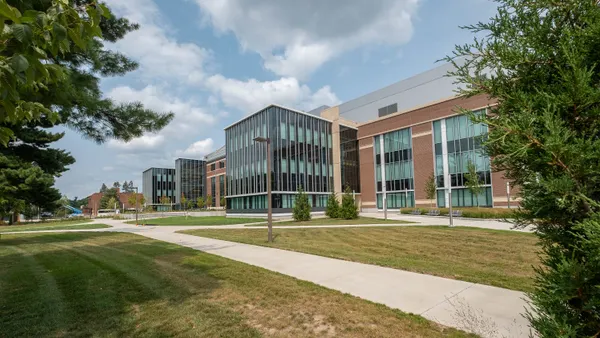Dive Brief:
- In Norway, researchers at the University of Science and Technology looked at how the country can best get to energy-reduction goals it has set, and they found that the biggest bang for the effort would come from fixing home energy use and loss.
- The nation's annual energy consumption is about 112 terawatt-hours, and housing uses 35 terawatt-hours of it.
- The research looked at a range of options and multiple combinations, and the conclusion was that shifting green energy generated into industrial uses, retrofitting houses to reduce heat leakage, reducing the living space each person uses and using efficient appliances and water-heating everywhere would cut housing's demand by about 10 terawatt-hours by 2050, even though population will rise 40%.
Dive Insight:
What is impressive about the Norwegian study is that Stefan Pauliuk, the postdoctoral student in charge of it, said no study has cranked in as many variables as this one, so the outcomes have not been nearly as definitive. Is there a chance, however, that a study of a country that currently has 5 million people could be translated for a country that has almost 318 million, a huge range of climates and umpteen regulatory levels?













